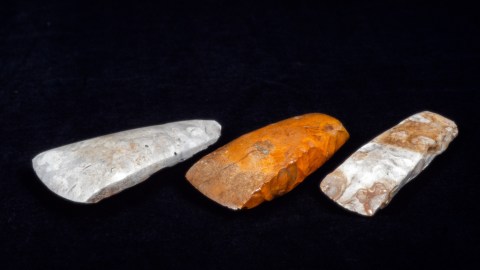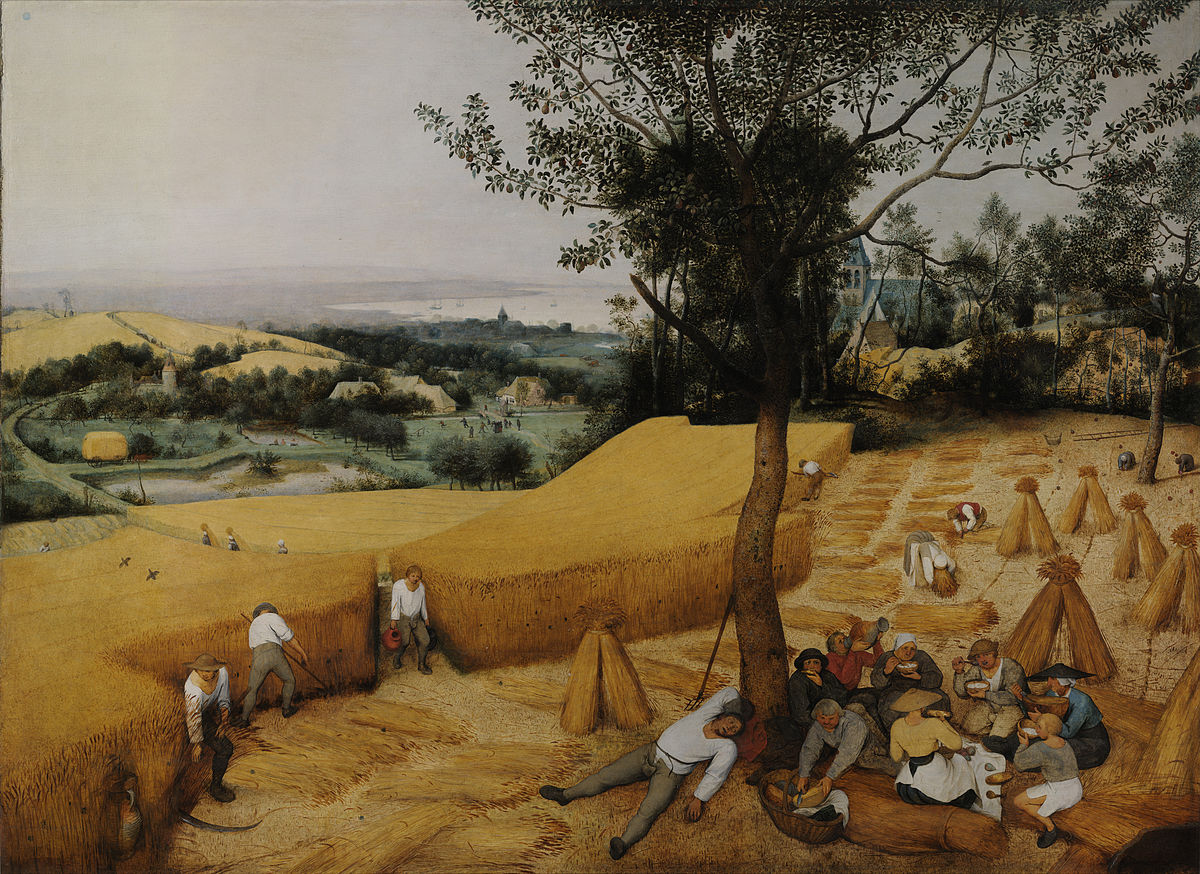Rather than being peaceful, ancient hunter-gatherers engaged in violent warfare

Credit: A / Adobe Stock
- Researchers find evidence of head trauma in Neolithic farmer remains.
- By using modern forensic methods, archaeologists opened a window into prehistoric warfare and violence.
- Increasing competition between settled and growing communities may have led to the start of formal warfare in northwestern Europe.
Around 10,000 years ago, the Krohl were a semi-nomadic clan, a group of hunter-gatherers who had started adapting to a farming lifestyle in the mixed mountainous forests of northwestern Europe. But the clan struggled to survive as both hunts and crops began to fail. Meanwhile, the neighboring Frohl clan thrived. Enraged, Krohl plotted an attack to take over the resources of their neighbors and, in the process, annihilated the entire Frohl clan, leaving no survivors behind.
Neolithic wars
While the clash of the Krohl and the Frohl clans is imaginary, the reality may not have been so different. New research published in the journal PNAS suggests that increasing competition between settled and growing communities for resources like arable land may have led to the start of formal warfare in northwestern Europe during the early Neolithic period. In fact, such intergroup violence may have been so prominent that it led to “the utter destruction of entire communities,” the researchers write.
Back in the early 2000s, Linda Fibiger stumbled upon a mass grave while digging at an archaeological site in Ireland. She noticed the presence of distinct head trauma in many of the skeletal remains. While bones tend to break down naturally over time, researchers can still spot the difference between trauma and natural decay by observing patterns of bone breakage. Studying the prehistoric crime scene like a modern-day detective, she couldn’t help but wonder exactly how our ancient ancestors used to kill each other and what was the wider context for such acts of violence.
The early Neolithic period marks a distinct phase. Not only did it bring about farming, it also marked massive changes in society, demographics, and technology. Fibiger set out to study the era by teaming up with archaeologists across Europe to uncover the broader patterns of the region. Throughout their ten-year study, they looked at around 2,300 individual sets of remains from about 180 sites collected from Denmark, France, Germany, Britain, Sweden, and Spain.
Ancient warfare
Fibiger and her team adapted an experimental approach to studying head trauma. They used a material called Synbone, which essentially behaves like plastic, “but if you give it a whack, then it shatters like a bone,” Fibiger said in an interview with Big Think.
They crafted Synbone into the shape of a human head, filled it up with ballistic gelatin to mimic brain tissue, and mounted it at head height. They then struck it with weapons, simulating the likely head attacks. After examining the damage done to the material, the researchers noticed a strong pattern, and compared it to the excavated skulls. They found that almost one in every ten sets of individual remains showed evidence of head trauma. Such a high number of head injuries spread across a whole region suggested that those injuries were intentional, not the result of accidents. They also uncovered use of a wide range of weapons including stone axes, adzes (an axe-like cutting tool), arrowheads, flint knives, stone-headed clubs, antler picks, and slingshots.
Uncovering evidence of violence was relatively simple, but pin-pointing the motivation for that violence remains “probably the hardest bit to get to,” Fibiger said.
A new take on the Neolithic
The study brings some much needed context to the early Neolithic era. Along with agriculture, the era witnessed a booming population, rising numbers of settlements, increasing specializations like division of labor, and greater demand for territorial resources. As life got more complex, it increased the chance of disputes, disagreements, and ultimately fatal violence.
Looking ahead, Fibiger and her team want to further match the injuries to the likely weapons used: for example, separating trauma caused by sling shots from injury inflicted by a club. They expect that such studies will deliver more detailed insights into both the tactics and the context for violence, and they hope to make a distinction between larger scale warfare and interpersonal conflicts.





